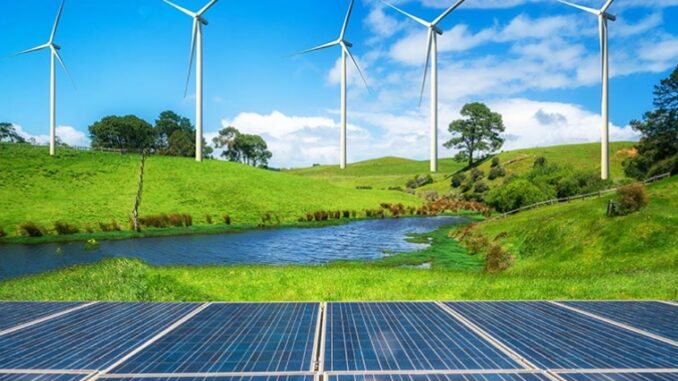
The increased adoption of renewable energy is a vital strategy for reducing greenhouse gas (GHG) emissions,
which are primarily responsible for climate change. Here’s an overview of how renewable energy contributes to this reduction:








1. Replacement of Fossil Fuels
Direct Emission Reduction: Renewable energy sources like wind, solar, and hydroelectric power produce electricity without burning fossil fuels, which are major sources of CO2 and other GHGs. Replacing coal, oil, and natural gas with renewables directly reduces these emissions.
Lifecycle Emissions: While the production and installation of renewable energy systems do produce some emissions, these are significantly lower than the lifecycle emissions of fossil fuel-based power generation.
2. Technological Advancements
Efficiency Improvements: Advances in technology have made renewable energy systems more efficient, reducing the amount of energy required to produce and install them, thereby lowering their overall carbon footprint.
Energy Storage: Improved battery and storage technologies enable better integration of renewable sources into the grid, reducing reliance on fossil fuel-powered backup systems.
3. Policy and Economic Factors
Government Policies: Many governments worldwide have implemented policies such as carbon pricing, subsidies, and renewable energy mandates, which incentivize the adoption of renewables and penalize carbon-intensive energy production.
Economic Viability: The decreasing cost of renewable energy technologies has made them more competitive with fossil fuels, encouraging wider adoption and further reducing GHG emissions.
4. Environmental and Health Benefits
Air Quality Improvement: Transitioning to renewable energy improves air quality by reducing pollutants from fossil fuel combustion, which also has significant public health benefits.
Climate Mitigation: By reducing GHG emissions, renewable energy helps mitigate the adverse effects of climate change, such as extreme weather events, sea-level rise, and disruptions to ecosystems.
5. Sustainable Development
Energy Access: Renewable energy can provide decentralized power to remote and underserved areas, promoting sustainable development and reducing reliance on fossil fuels for local communities.
Job Creation: The renewable energy sector creates jobs in manufacturing, installation, and maintenance, supporting economic growth while transitioning to a low-carbon economy.
Conclusion
The adoption of renewable energy is a critical component of global efforts to reduce greenhouse gas emissions. It offers a cleaner, more sustainable alternative to fossil fuels, with numerous environmental, economic, and social benefits. By continuing to support and expand renewable energy technologies, we can make significant strides in combating climate change and promoting a healthier planet.

Leave a Reply